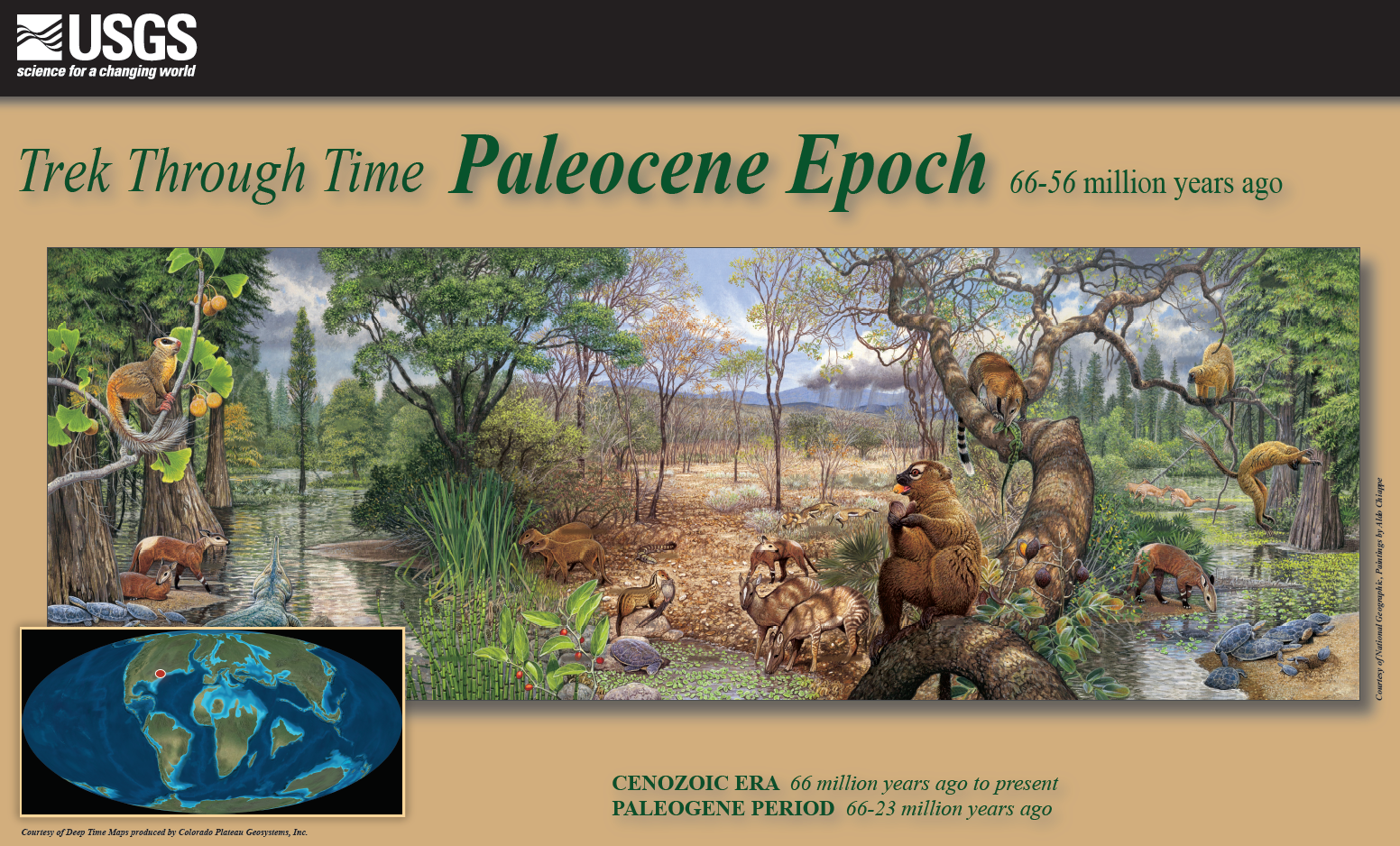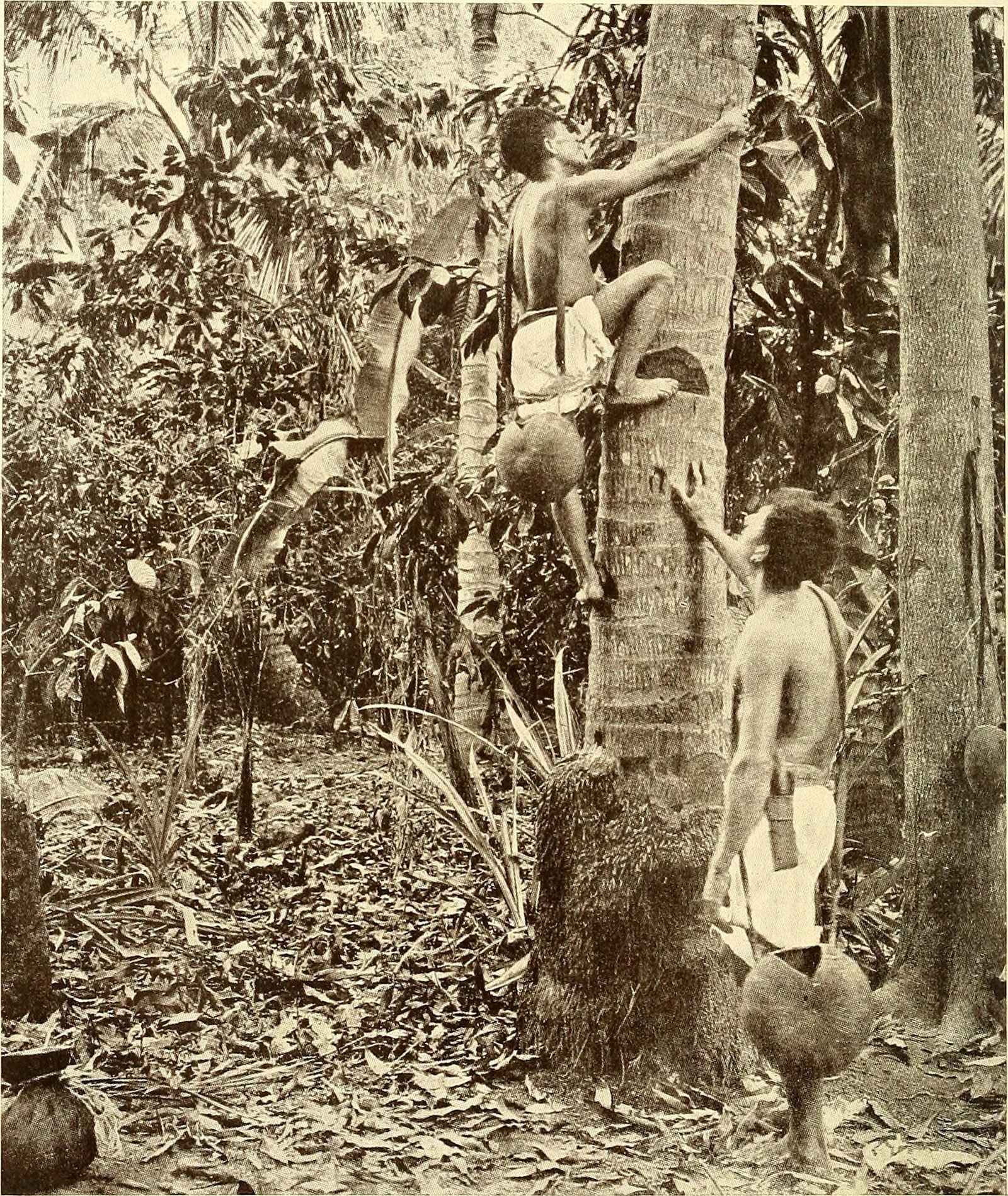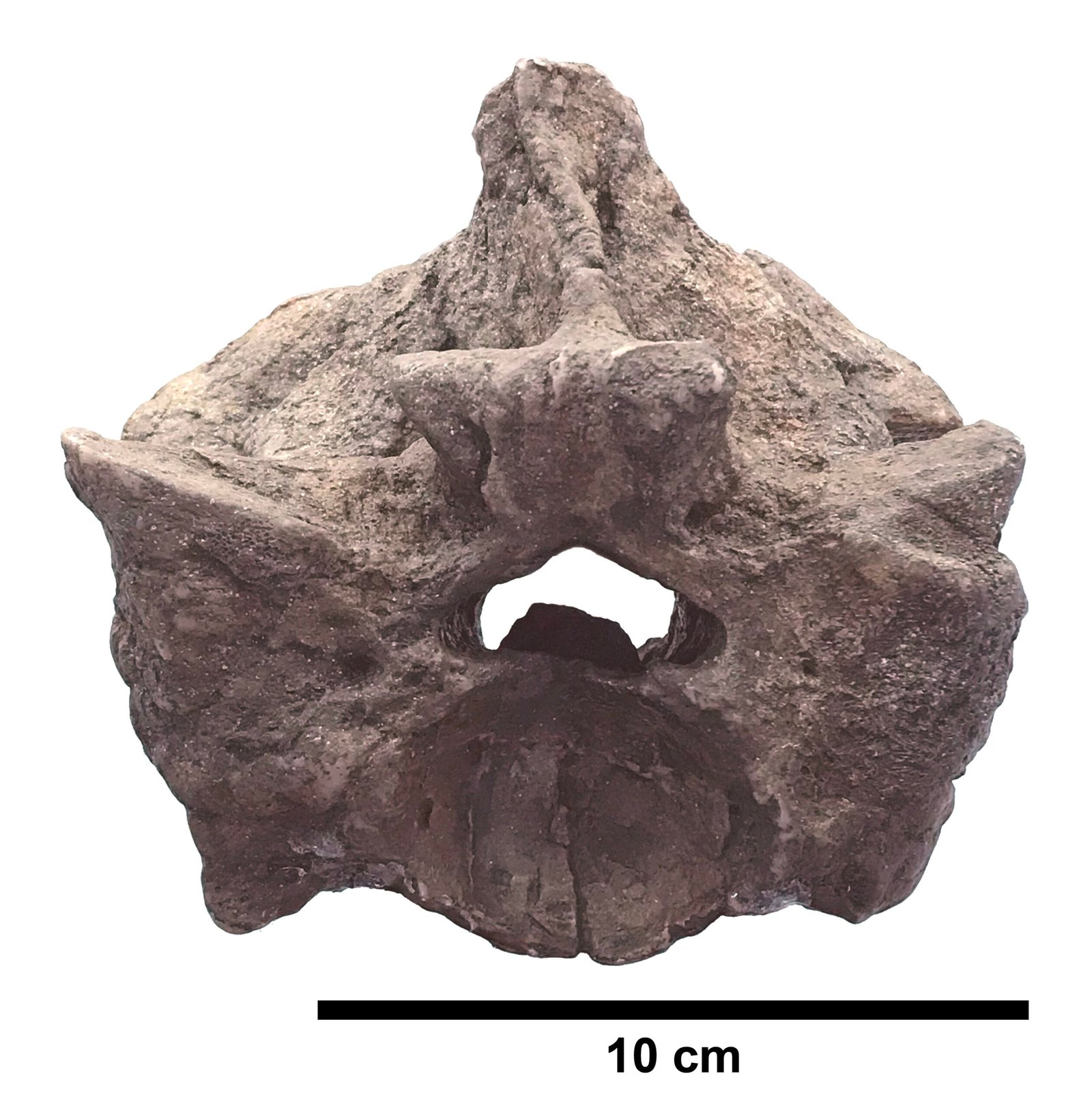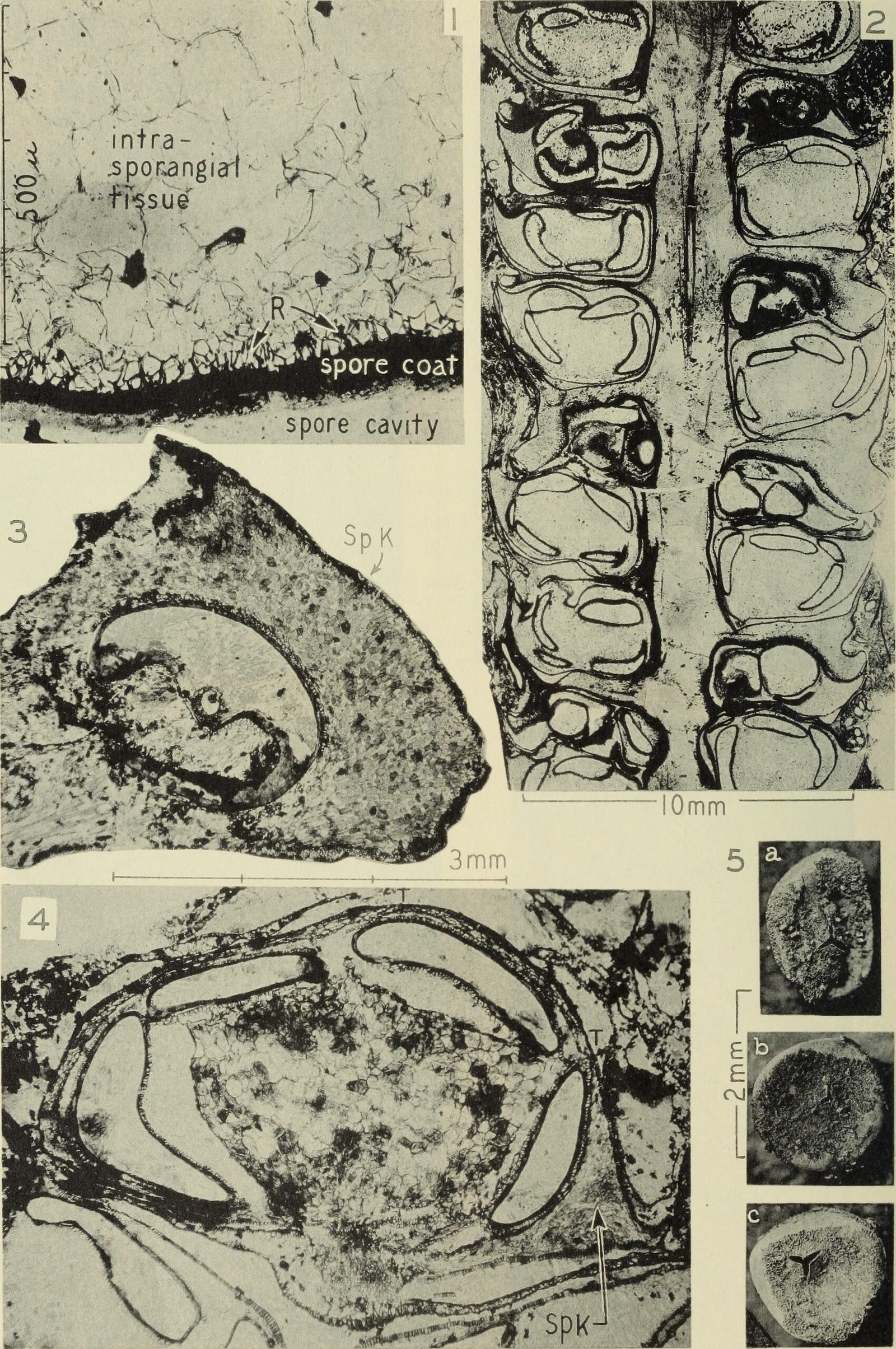Imagine an ancient world where shadows stretched beneath colossal trees, and the air shimmered with heat and humidity. In this realm, a creature longer than a school bus slithered silently through steamy swamps—Titanoboa, the largest snake ever known. The discovery of this prehistoric giant stunned scientists and reignited our fascination with the lost rainforests of the Paleocene epoch. What was the world like when Titanoboa reigned supreme? Let’s dive into the heart of this vanished paradise and uncover the secrets of Titanoboa’s lost world.
The Age of Titans: Life After the Dinosaurs

Roughly 60 million years ago, the world was healing from one of the most dramatic mass extinctions in history—the event that wiped out the dinosaurs. In the aftermath, lush forests began to reclaim the land. This was the Paleocene, a time of renewal and booming biodiversity. Mammals, birds, and reptiles raced to fill the empty ecological niches. Titanoboa, with its massive size and predatory prowess, emerged as a top contender. Its presence tells us that the rainforests of this era were teeming with life and competition, setting the stage for new evolutionary marvels.
Meet Titanoboa: The Colossal Serpent

Titanoboa cerrejonensis stretched an unimaginable 42 to 50 feet long and weighed over a ton—dwarfing today’s largest snakes. Its fossils, first unearthed in Colombia’s Cerrejón coal mines, tell a story of a predator that thrived in steamy, swampy habitats. With jaws strong enough to swallow crocodile-like prey whole, Titanoboa was both feared and revered in its world. The snake’s size alone hints at a rainforest rich in resources, where only the most formidable creatures could rise to the top.
The Ancient Rainforest: A Sweltering Eden

The rainforests Titanoboa called home were nothing like the ones we know today. Temperatures soared, sometimes reaching over 90 degrees Fahrenheit, and the humidity was relentless. Enormous ferns, towering palms, and strange prehistoric plants formed a dense, green maze. This thick canopy provided endless hiding spots and hunting grounds for predators and prey alike. The atmosphere was heavy with moisture, creating an environment where reptiles could grow to astonishing sizes—a true Eden for giants like Titanoboa.
Colombia’s Cerrejón Formation: A Treasure Trove of Secrets

The Cerrejón Formation in northern Colombia holds more than just Titanoboa’s remains. Layers of coal and sediment have preserved an incredible snapshot of ancient life, from fossilized plants to turtles and crocodilian relatives. These discoveries paint a vivid picture of an interconnected ecosystem, where every creature played a vital role. The fossils reveal that this rainforest was one of the earliest of its kind, bursting with diversity and evolutionary potential. Each find adds a new piece to the puzzle of Titanoboa’s lost world.
A Climate Built for Giants

Why did Titanoboa reach such monstrous proportions? The answer lies in the climate of the Paleocene. Warmer global temperatures meant more energy for cold-blooded animals like snakes. The lush, swampy forests provided abundant food and shelter, allowing reptiles to grow bigger than ever before. Scientists believe that the super-sized Titanoboa is a direct result of these favorable conditions—a living thermometer that tells us just how hot the ancient Earth really was.
Prehistoric Plant Life: The Green Engines of the Past

The ancient rainforest pulsed with plant life far different from what we see today. Giant ferns, horsetails, and early flowering plants dominated the landscape, their roots weaving through the soft, muddy ground. These plants were not just background scenery—they were the engines that powered the ecosystem. Their rapid growth and decay helped form the rich coal deposits found today. The dense vegetation also created microhabitats for countless creatures, from insects to amphibians, building the foundation of a thriving food web.
Crocodilian Rivals and Prehistoric Prey
Titanoboa did not rule alone. Sharing the swamps were enormous crocodile-like reptiles, such as the fearsome Acherontisuchus. These powerful creatures vied for dominance in the same watery realms, sometimes falling prey to the giant snake itself. Fossil evidence shows that Titanoboa had the strength to overpower even these formidable adversaries. The dynamic between predator and prey in this ecosystem was a dramatic dance, each species constantly adapting to survive in a world of giants.
The Role of Insects and Small Creatures
Despite the focus on massive reptiles, the rainforest’s smallest inhabitants were just as crucial. Ancient insects, some larger than their modern relatives, buzzed through the air and scuttled across the forest floor. These creatures helped recycle nutrients, pollinate plants, and provide food for other animals. Their presence ensured that the ecosystem remained balanced and productive. By studying their fossilized remains, scientists gain insight into the intricate web of life that supported giants like Titanoboa.
Reconstructing the Soundscape and Smells of the Past
Imagine closing your eyes and standing in Titanoboa’s world. The air would be thick with the scent of decaying plant matter and blooming flowers. The calls of strange birds and the rustle of giant leaves would echo through the humid air. Frogs croaked, insects droned, and sometimes, the ground would tremble as something enormous moved nearby. Reconstructing these sensory details helps us step beyond the fossils and into the everyday reality of this ancient rainforest.
What Killed Titanoboa’s World?
The reign of Titanoboa eventually ended, and its lush rainforest vanished. As the Earth’s climate cooled, the giant snake’s habitat began to shrink. The once-steamy swamps gave way to more temperate forests, and reptiles could no longer reach their monstrous sizes. Other species, more adapted to the changing world, took over. The decline of Titanoboa and its home reminds us how fragile ecosystems can be, especially as climates shift and habitats disappear.
Piecing Together the Past: Modern Science at Work
Unraveling the mysteries of Titanoboa’s world takes more than just digging up bones. Paleobotanists, geologists, and climate scientists work together, using cutting-edge tools like CT scans and isotope analysis. By studying tiny details in fossils and sediments, they reconstruct ancient temperatures, rainfall patterns, and even the diets of long-extinct creatures. Every breakthrough brings us closer to understanding the incredible world Titanoboa once ruled, showing how science can breathe life into the distant past.
Why Titanoboa’s Lost World Still Matters
The story of Titanoboa and its vanished rainforest is more than a tale of ancient monsters. It’s a powerful reminder of how climate shapes life—and vice versa. As our planet faces rapid environmental changes, the lessons from Titanoboa’s era feel more urgent than ever. The rise and fall of these giants warn us about the delicate balance of ecosystems and the lasting impact of climate shifts. What secrets might we still uncover, and how might they help us protect the rainforests and wildlife of today?



